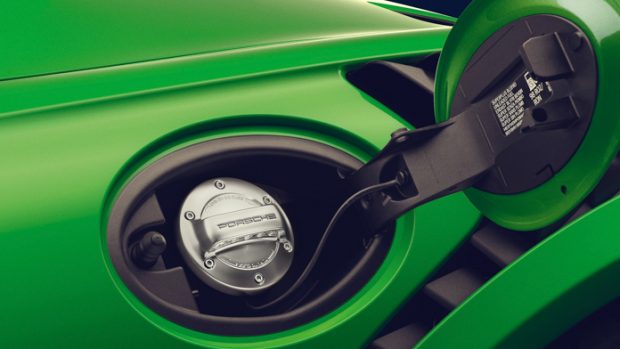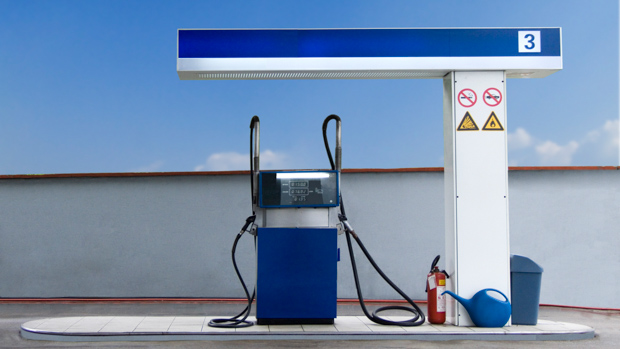-
Car Reviews
- All reviews
- Midsize SUVs
- Small cars
- Utes
- Small SUVs
- Large SUVs
- Large cars
- Sports SUVs
- Sports cars
- Vans
Latest reviews
- Car News
-
Car Comparisons
Latest comparisons
- Chasing Deals
Australians will pay $13 billion in fuel excise tax in 2022, so where does all that money go? The AAA says it won’t all benefit Aussie road users
The Australian Automotive Association (AAA) has launched a campaign to pressure the Australian government into spending more motoring tax on transport-related issues such as improving infrastructure and fixing damaged roads.
The AAA stated that only 53 percent of the fuel excise was spent on the transport network over the last ten years.
The Green Light Australia’s Recovery initiative will help re-invest 100 percent of the fuel excise into land transport projects to improve road safety outcomes, support technology transition and improve consumer information regarding vehicle fuel consumption and national emissions performance.
The Australian fuel excise is a sales tax on both petrol and diesel purchased from a bowser.
Currently, every time someone in Australia fills up their car with either petrol or diesel, 44.2 cents per litre goes to the Australian government. An extra 10 percent goods and services tax sits on top of the fuel excise.
The Australian fuel excise goes into a huge pool of money that the government calls ‘general revenue’ which are untied funds that can be spent on anything within Australia. This therefore makes it difficult to make sure motoring revenue is spent on motoring-related matters.
The fuel excise makes up a relatively small part of the total Australian budget each year. For the 2021-2022 year, the fuel excise made up $20.9 billion of the total $496.6 billion of revenue, but as the AAA has said, only just over half of the fuel excise was actually spent on improving where the money came from in the first place – motorists.
The government has said the excise is beginning to fall due to the increasing uptake of electric vehicles so it is likely the government will find another work around to make sure revenue is upheld.
With such high fuel prices as of late, there has been pressure put on the government to reduce the fuel excise to help reduce the total cost at the bowser.
That pressure seems to have worked with the government announcing the excise will be reduced for a six month period.
The Australian government has announced as part of the 2022 budget that the fuel excise will be reduced by 50 percent for a six-month period. This means that the excise on petrol and diesel will reduce from 44.2 cents per litre to 22.1 cents per litre.
The government says that the fuel subject to a lower rate will begin to appear at service stations in a few weeks time.
However, the main problem with reducing the fuel excise is the reduction in funds to help build more transport infrastructure and repair roads (especially in a time when this is dearly needed due to flooding damage throughout QLD and NSW).
While the reduce in fuel excise means more money back into the pockets for motorists, the main downside is the issue that badly maintained roads, lane markings and potholes could end up costing the motorist more money than what is lost during a high fuel price cycle like the one we are in at the moment.
Latest news
About Chasing cars
Chasing Cars reviews are 100% independent.
Because we are powered by Budget Direct Insurance, we don’t receive advertising or sales revenue from car manufacturers.
We’re truly independent – giving you Australia’s best car reviews.


